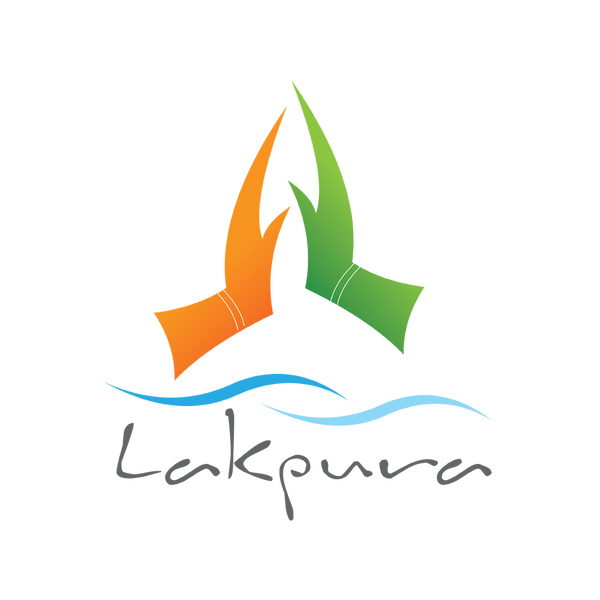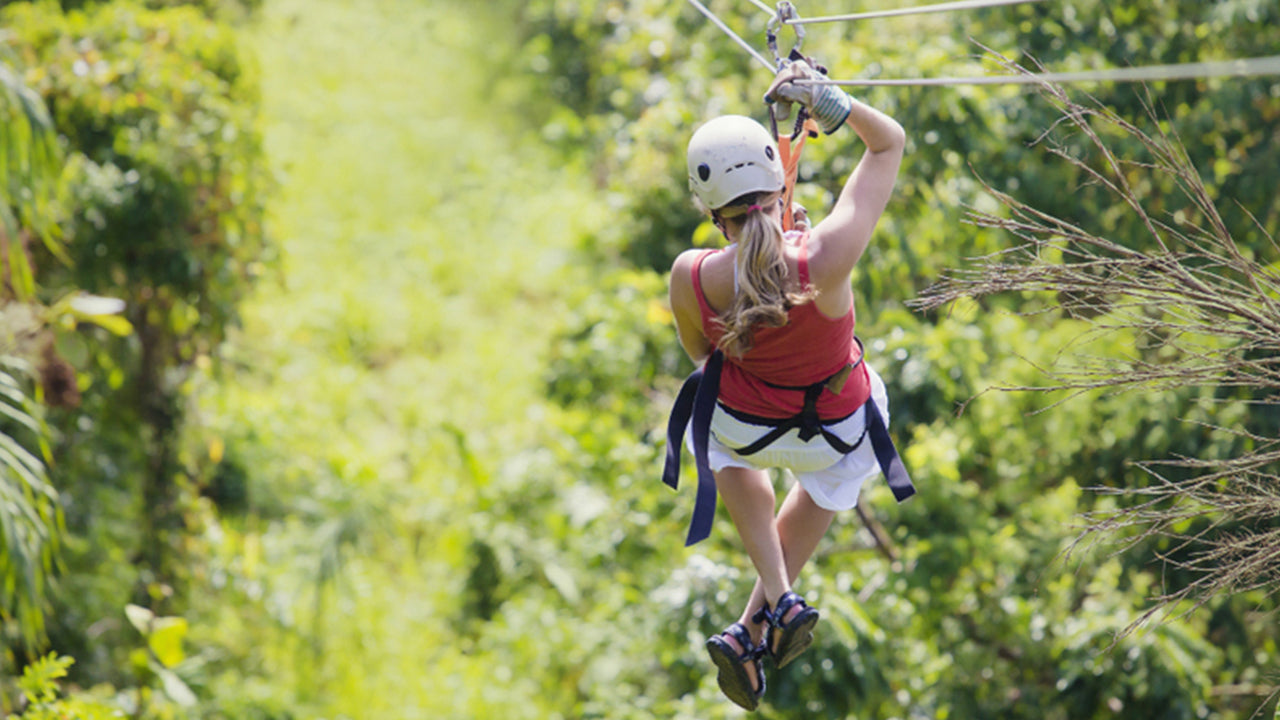
Hikkaduwa City
Famous for its long sandy beach, west-coast Hikkaduwa also boasts good waves for surfers, reefs for snorkelers and divers, plus sand-side hotels, restaurants, and bars. Add an island temple, tsunami museum, and turtle sanctuary, and you have one of Sri Lanka’s best beach-holiday haunts.
Seenigama Muhudu Viharaya
Seenigama Devalaya (Temple) is located by the Colombo – Galle main road, just before the Hikkaduwa Town. This Temple is devoted for Devol Deviyan (God Devol) and around 300 years old. But some believe that, this place is more than 1000 years old, but there is no any proven evidence. Eventhough, many visors Seenigama goes only to the devalaya in the main land the main devalaya is located in a close by island. This one can be reached only by a boat. locals used to stop here while on their way to down south. People coming various parts of island pray for the blessing of the god. Some people come to this place and do various special rituals & offerings and beg the god for punishing their enemies. Specially if some one faced a injustice, if there is no other help, they used to come here and grid chilies. This is to request the god to curse party, who has done injustice to them.
The Seenigama Temple, Halle is a popular name among the Hikkaduwa Tourist Attractions. The Seenigama Temple, Hikkaduwa is known as the Seenigama Devalaya in the colloquial Sinhalese. As is evident, Devalaya is the term for temple. The Seenigama Temple in Hikkaduwa is situated on the coast of the sea, beyond the 96 km post on the Colombo Galle highway. Thought to be over a millennia old, the Hikkaduwa Seenigama Temple is approximately 1300 ears old. However, there is no evidence to provide evidence to this speculation. Whatever historical records have been exhumed, structural evidence states that the Seenigama Temple is above 300 years old.
The Seenigama Temple, Hikkaduwa is a testimony both of the historical as well as cultural facet of Galle in Sri Lanka. If you are keen on exploring the conventions of temple worship and knowing all about the temple traditions of Galle, the Seenigama Temple or Seenigama Devalaya is a must visit. The sanctuary is also known as the Seenigama Devol Temple, owing to its patron deity, Devol. Devol is a god of the Buddhist pantheon. The Devol Deviyo or Devol culture is prevalent among the Sinhalese and continues to be the most accepted of all forms of worship by the fisher folk in the southern and western lowlands. Devol ceremonies are prominent and often practiced along the coastal areas. Some also guarantee the success of fishing.
The Seenigama Temple, Galle is extremely sacred as it is believed that the deity resolves the problems of human beings. The shrine of the god on the shore was recently constructed. The land on which the Seenigama Temple, Galle was originally located is now an island and can be approached only by boat. The island itself is small with a deep freshwater well.
About Galle District
Galle is a city situated on the southwestern tip of Sri Lanka, 119 km from Colombo. Galle is the best example of a fortified city built by Europeans in south and Southeast Asia, showing the interaction between European architectural styles and south Asian traditions. The Galle fort is a world heritage site and the largest remaining fortress in Asia built by European occupiers.
Galle is a sizeable town, by Sri Lankan standards, and has a population of 91,000, the majority of whom are of Sinhalese ethnicity. There is also a large Sri Lankan Moor minority, particularly in the fort area, which descend from Arab merchants that settled in the ancient port of Galle.
About Southern Province
The Southern Province of Sri Lanka is a small geographic area consisting of the districts of Galle, Matara and Hambantota. Subsistence farming and fishing is the main source of income for the vast majority of the people of this region.
Important landmarks of the Southern Province include the wildlife sanctuaries of the Yala and Udawalawe National Parks, the holy city of Kataragama, and the ancient cities of Tissamaharama, Kirinda and Galle. (Although Galle is an ancient city, almost nothing survives from before the Portuguese invasion.) During the Portuguese period there were two famous Sinhalese poets called Andare who was from Dickwella and Gajaman Nona who was from Denipitiya in Matara District, composing poems on common man.























